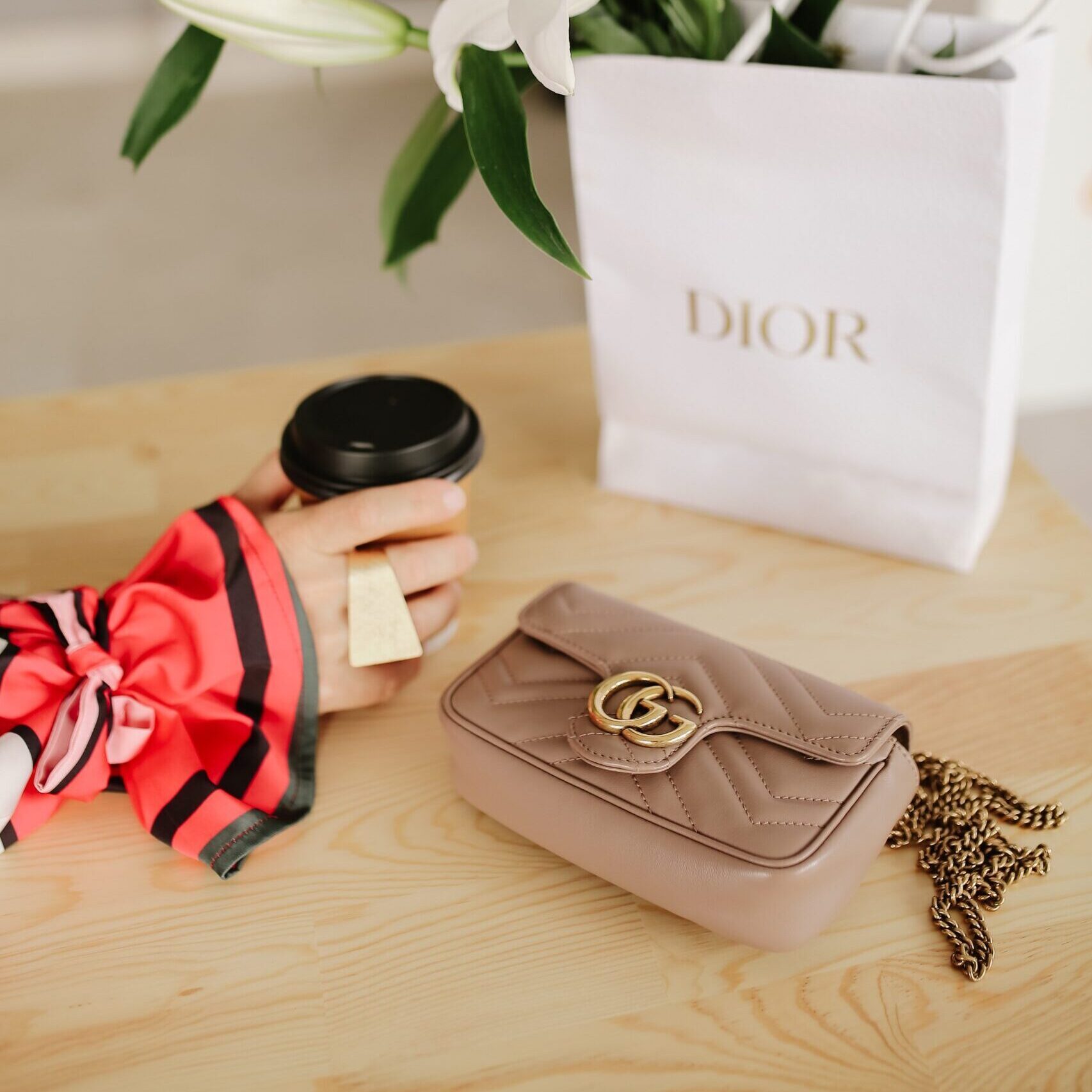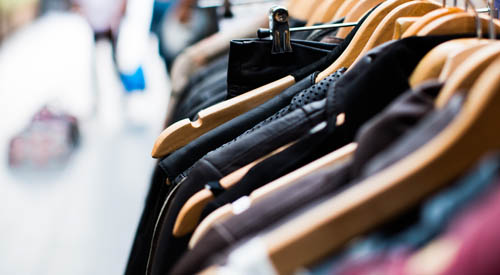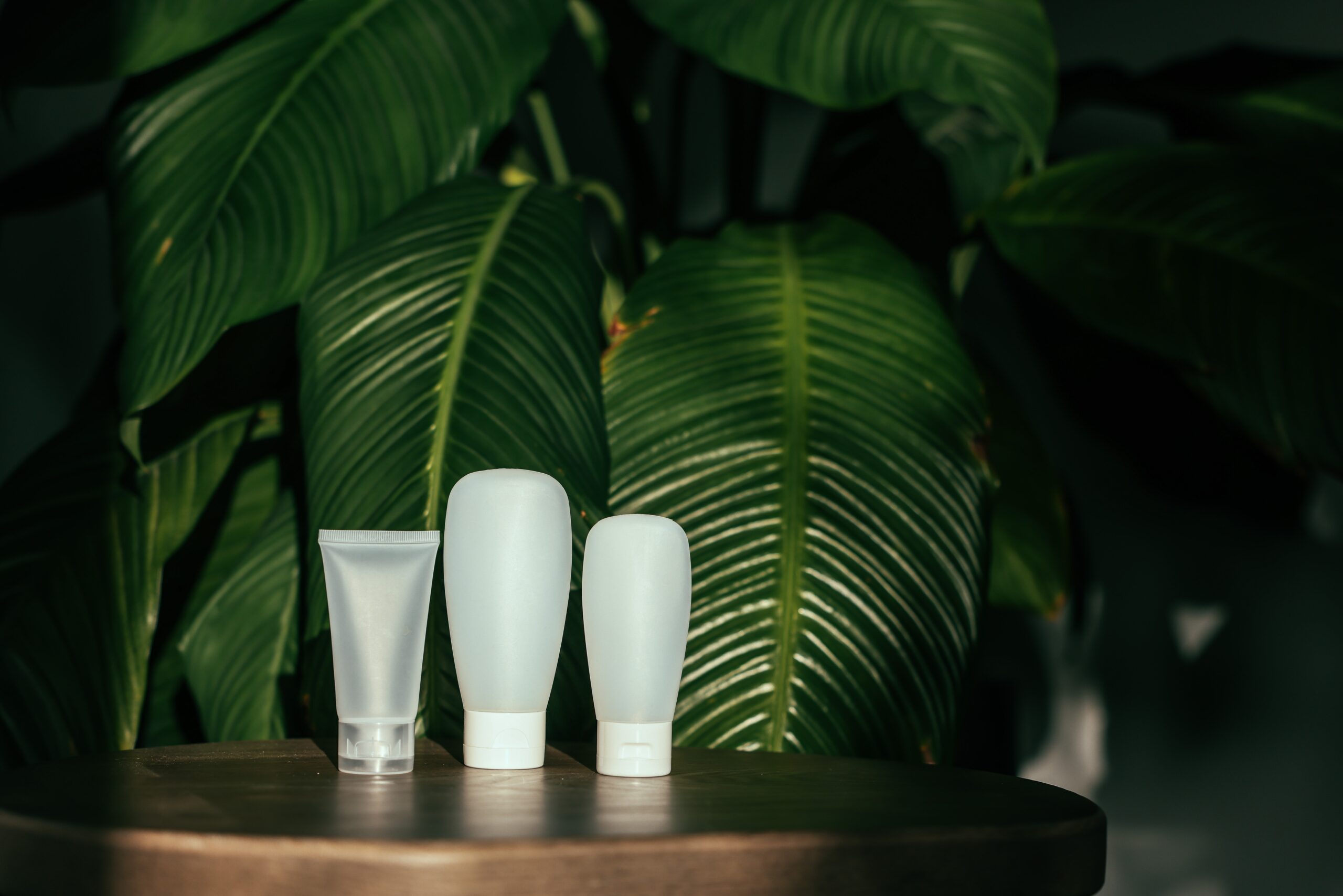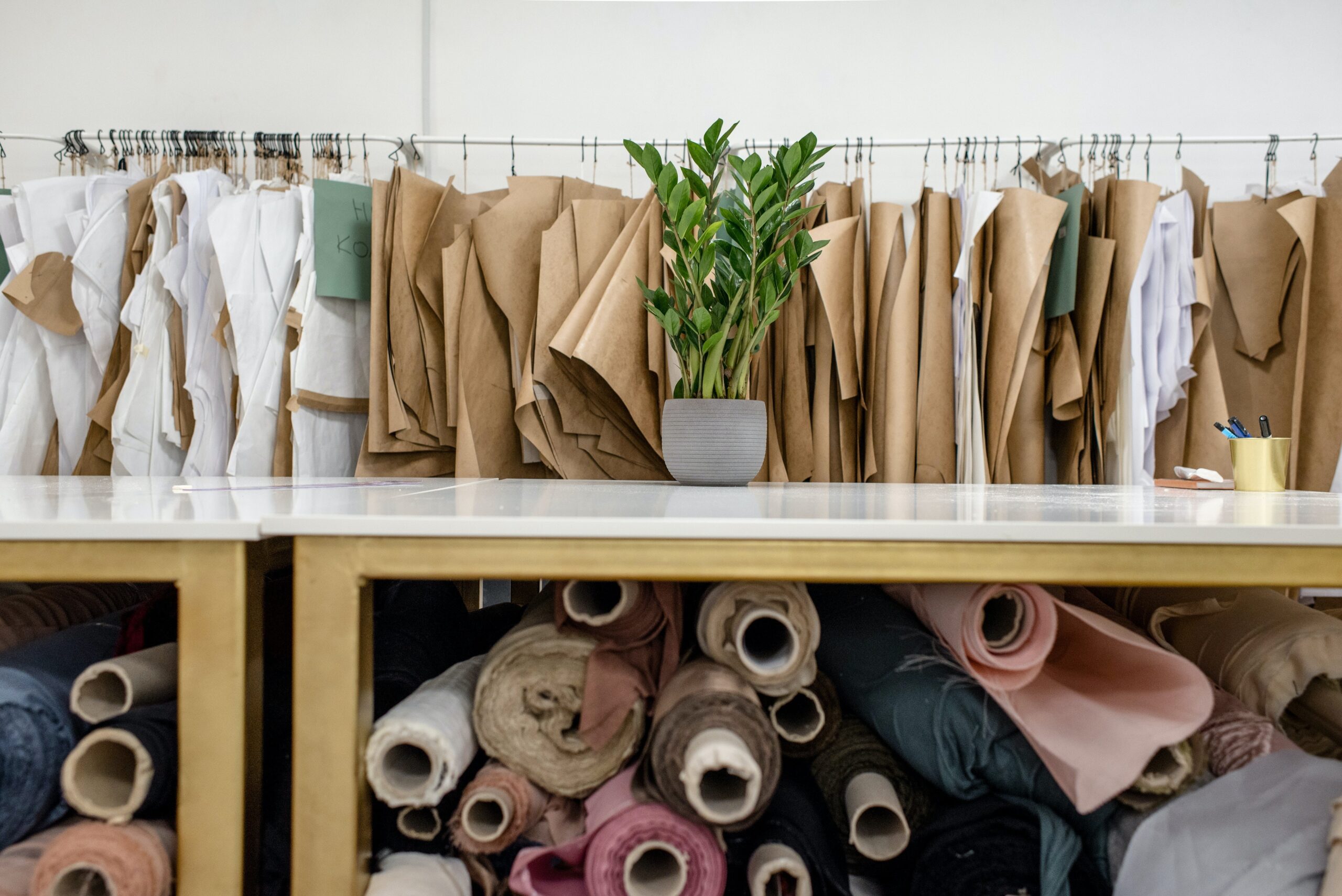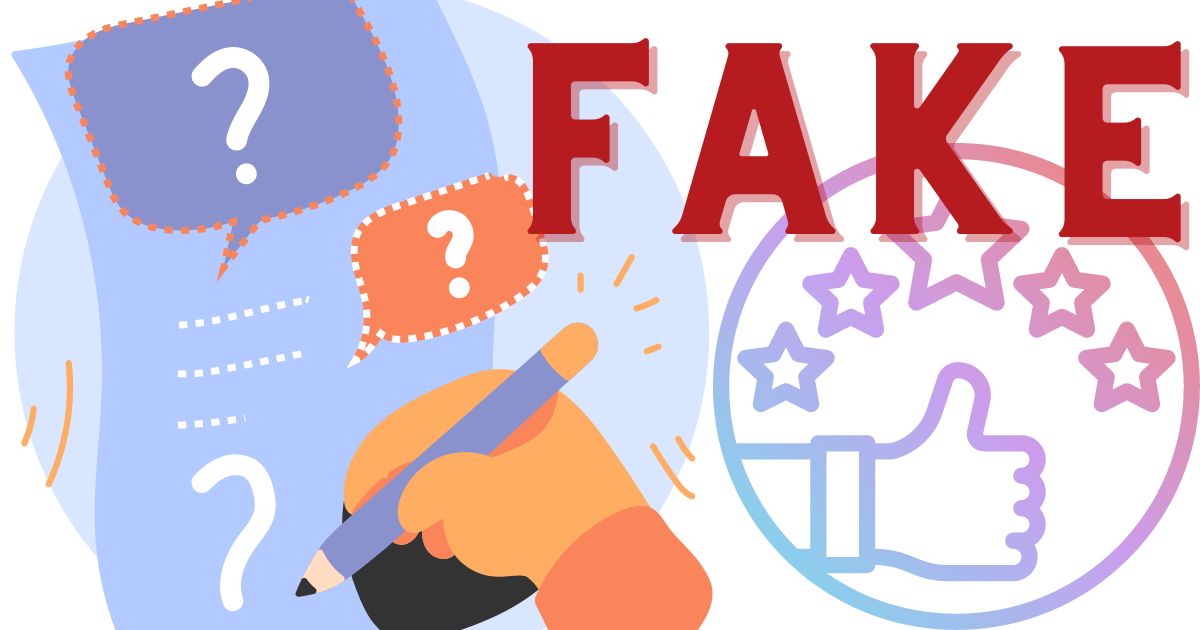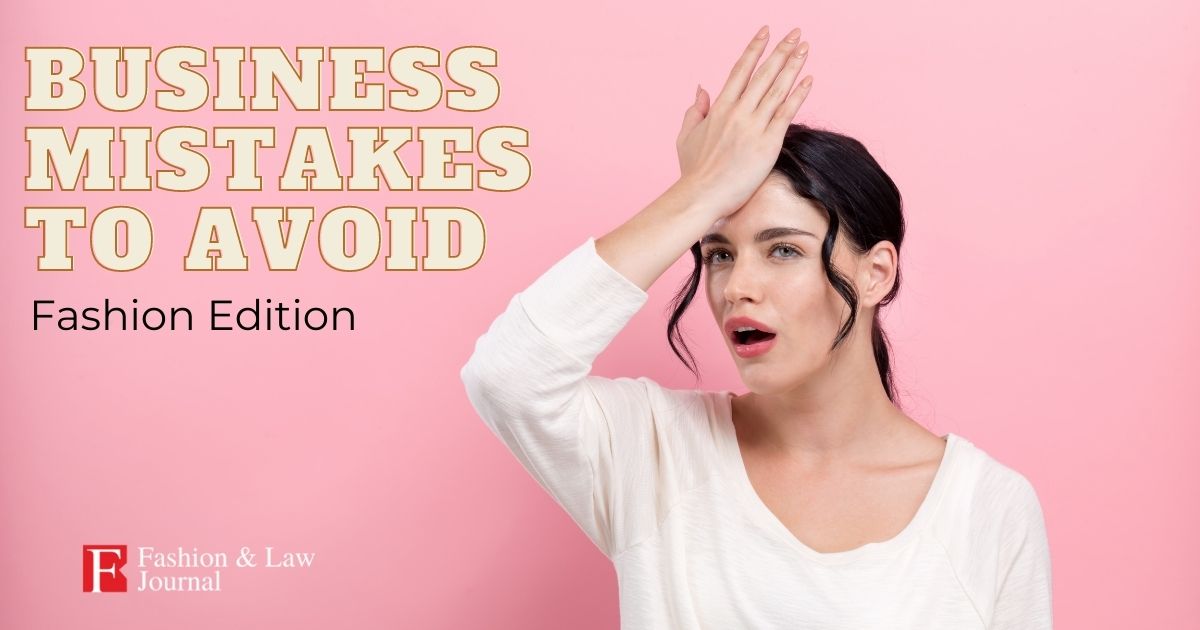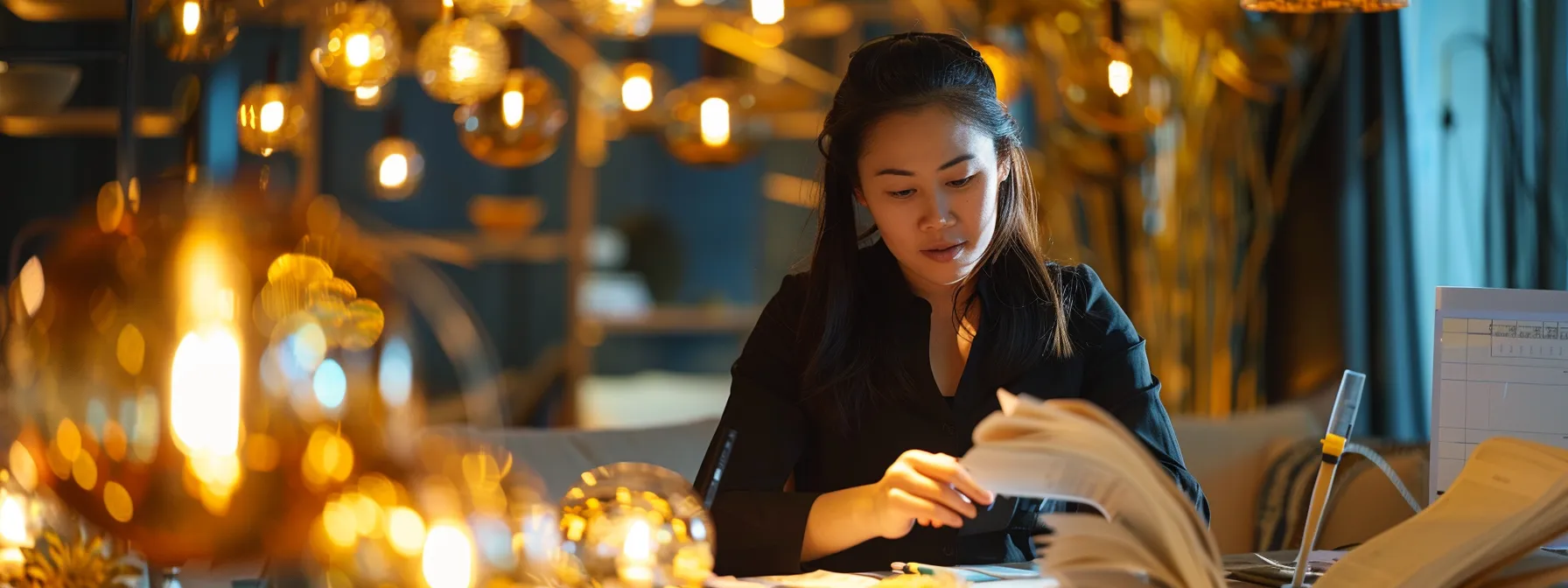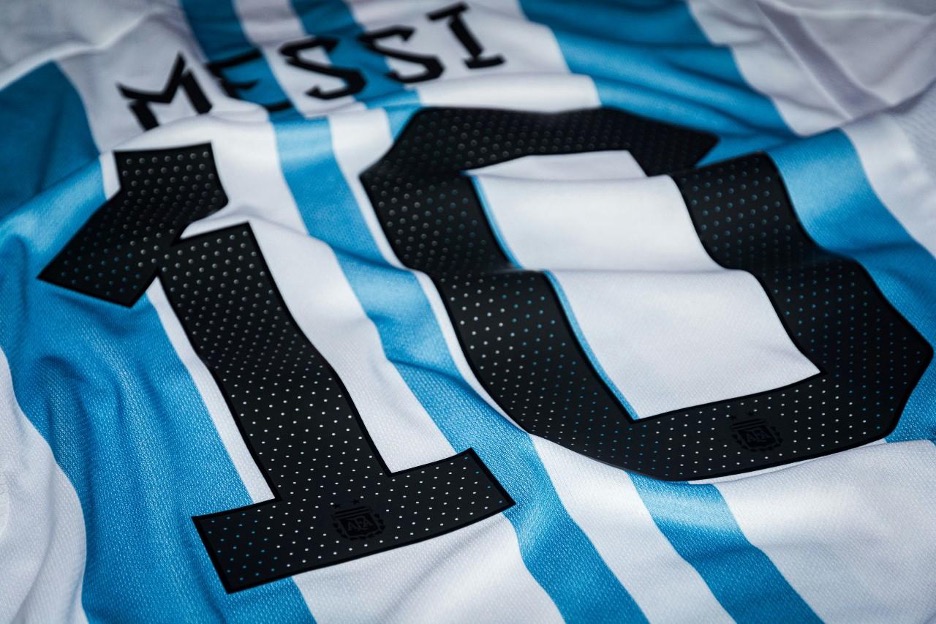Purchasing a new handbag? Don’t be deceived by fakes! This handy guide to finding a fake handbag has been unveiled by Legal Desire Fashion & Law!
Lining
The inside of the bag is not paid as much attention to by counterfeiters, as often shoppers just check the outside. Sometimes, the colors are not indicative of a genuine bag. To familiarize yourself with the right shade, search the interior of an authorized seller’s bag. It’s meant to be the very same color as the real thing, not just a similar one.

Specifications
When it comes to identifying fakes, the devil is in the details. The pockets are in the wrong places, zips in the wrong color. Counterfeiters also work from pictures instead of the original handbag and the finer details can be missed.

Packaging
There should be no plastic wrapping wrap or bubble wrap around the handles and your handbag should arrive in a dust bag.
Fabric and materials
Fake bags use materials of poor quality; instead of being soft and supple, leather can feel like plastic or the fabric’s dye work is uneven and splotchy.
Stitching
There are tight, even stitches in authentic designer bags, while knockoff bags can have loose, shoddy workmanship, imperfect stitches, or even broken stitches where cloth is glued rather than sewn, particularly on the inside.

Logos of designers
Most designers affix their bags with signature logo plates. Although fake plates can be distorted or slightly inaccurate, such plates should be crisply printed. A typical trick is to misspell the name of the designer: for instance, Prada becomes Proda. Look also for logos printed on interior linings – this detail is often absent from fake bags.

Author: Author: Lipika Sharma
 Lipika Sharma is a practical and well-oriented law student, pursuing her BA- LLB (Hons.) degree from Fairfield Institute of Management and Technology, GGSIPU. She is highly inclined towards Constitutional law, Criminal law, ADR, IPR, and Family law. However, she is keen on exploring emerging fields of law.
Lipika Sharma is a practical and well-oriented law student, pursuing her BA- LLB (Hons.) degree from Fairfield Institute of Management and Technology, GGSIPU. She is highly inclined towards Constitutional law, Criminal law, ADR, IPR, and Family law. However, she is keen on exploring emerging fields of law.







